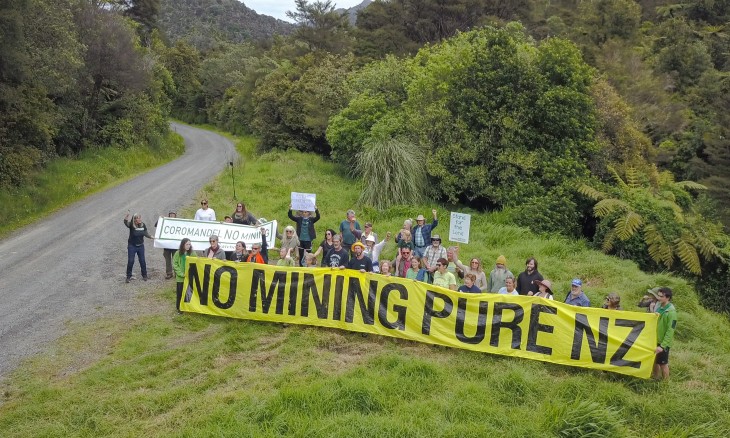In 2020 a review of the Sesqui track, running from Bridge House and along the awa, showed the reserve and its historical elements to be overrun with weeds, especially tradescantia, privet, jasmine, ginger, montbretia, ladder fern, acmena and Japanese spindle tree. Years of work ensued, steadily getting rid of the weeds but also focusing on pest animal trapping. Strong support came from Council, Bridge House, and nearby residents.
As the weeds disappeared the old water race that fed the original John Anderson Brown sawmill in 1843 became visible along its 500m length and the already popular walking track became even more well used. Local residents pitched in and carried out more weeding, planting and weed control. Many more years of care remain but the transformation is already apparent with the track a real pleasure to experience.
What can you do
What you can do in 5 minutes
- Learn some of the town's history and the role of the water-race and the awa
- Pick up rubbish and pull out privet seedlings
What you can do in 20 minutes
- Dig deeper into the pre and post-European history
- Read information signs and observe where the water-mills stood
- Walk along to the Ngāti Manuhiri trust offices in the old courthouse and say kia ora








